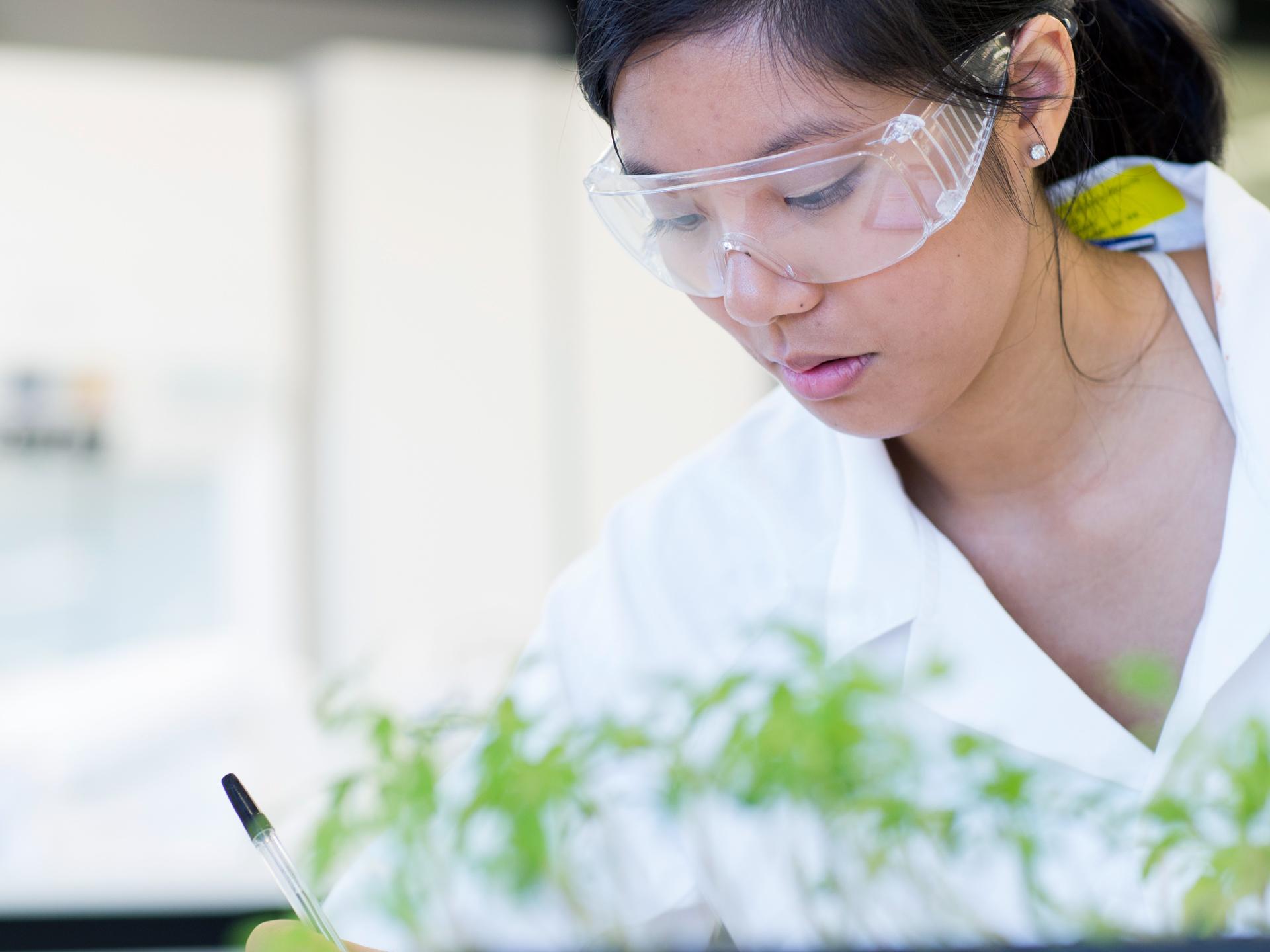Modulation of the plant defence response by the fungal extracellular matrix

Investigate the relationship between fungal plant pathogen secretions and the plant defence response.
Plant pathogens are commonly dispersed in wind and need to adhere to the plant surface to begin the infection process. Once a fungal conidium lands on a leaf, a thin extracellular matrix is secreted to rapidly establish a strong connection to the plant surface. Whilst fungi have evolved carbohydrate structures to allow quick and reliable adhesion to the plant surface, the plant host has adapted to detect specific carbohydrate epitopes of the extracellular matrix (ECM), leading to activation of its innate immune response.
Chitin- and glucan-based oligosaccharides common to all fungal cell walls act as key elicitors of the defence response; however, these molecules are located at the innermost layer of the fungal cell wall and cannot be readily detected by the plant unless significant damage has already been made to the pathogen cell wall. In contrast, the carbohydrates of the fungal ECM are secreted by the conidia within minutes of landing on the plant providing the host with a freely available mixture of potential elicitors.
Preliminary data from our collaborators show evidence that carbohydrate fractions from our model system are capable of activating the defence response of economically important crops, thereby providing new promising targets for further research. This project will aim to collect and screen fungal ECM fractions for their ability to activate the plant defence response.
You will develop skills in:
- Cell wall biochemistry
- Fungal pathology
Key References:
Schweizer, P., Kmecl, A., Carpita, N. and Dudler, R., 2000. A soluble carbohydrate elicitor from Blumeria graminis f. sp. tritici is recognized by a broad range of cereals. Physiological and molecular plant pathology, 56(4), pp.157-167.
Supervisor
- Dr Alan Little
- Co supervisor: Professor Vincent Bulone
- Research area: Plant pathology
- Recommended honours enrolment: Honours in Plant Science
